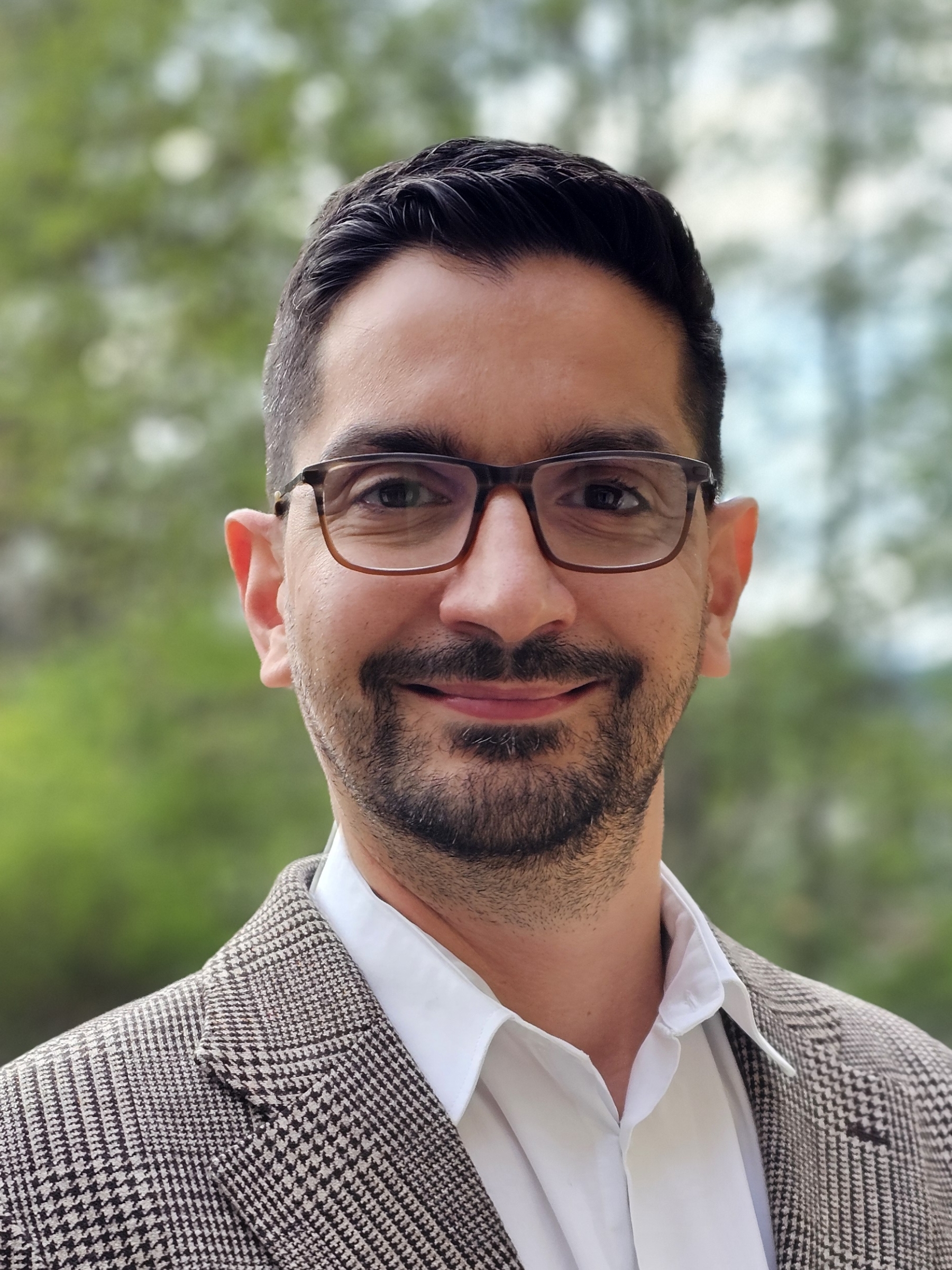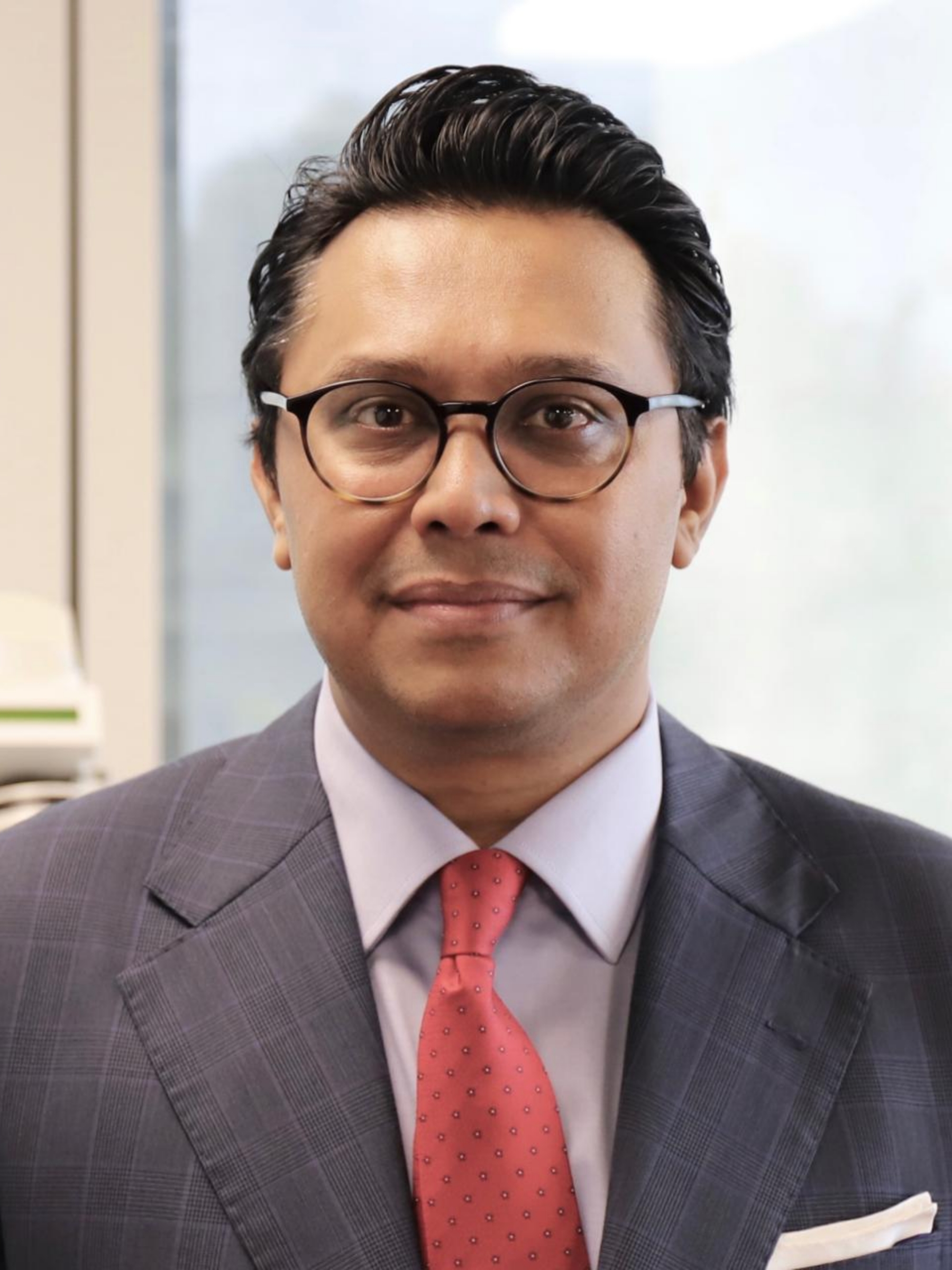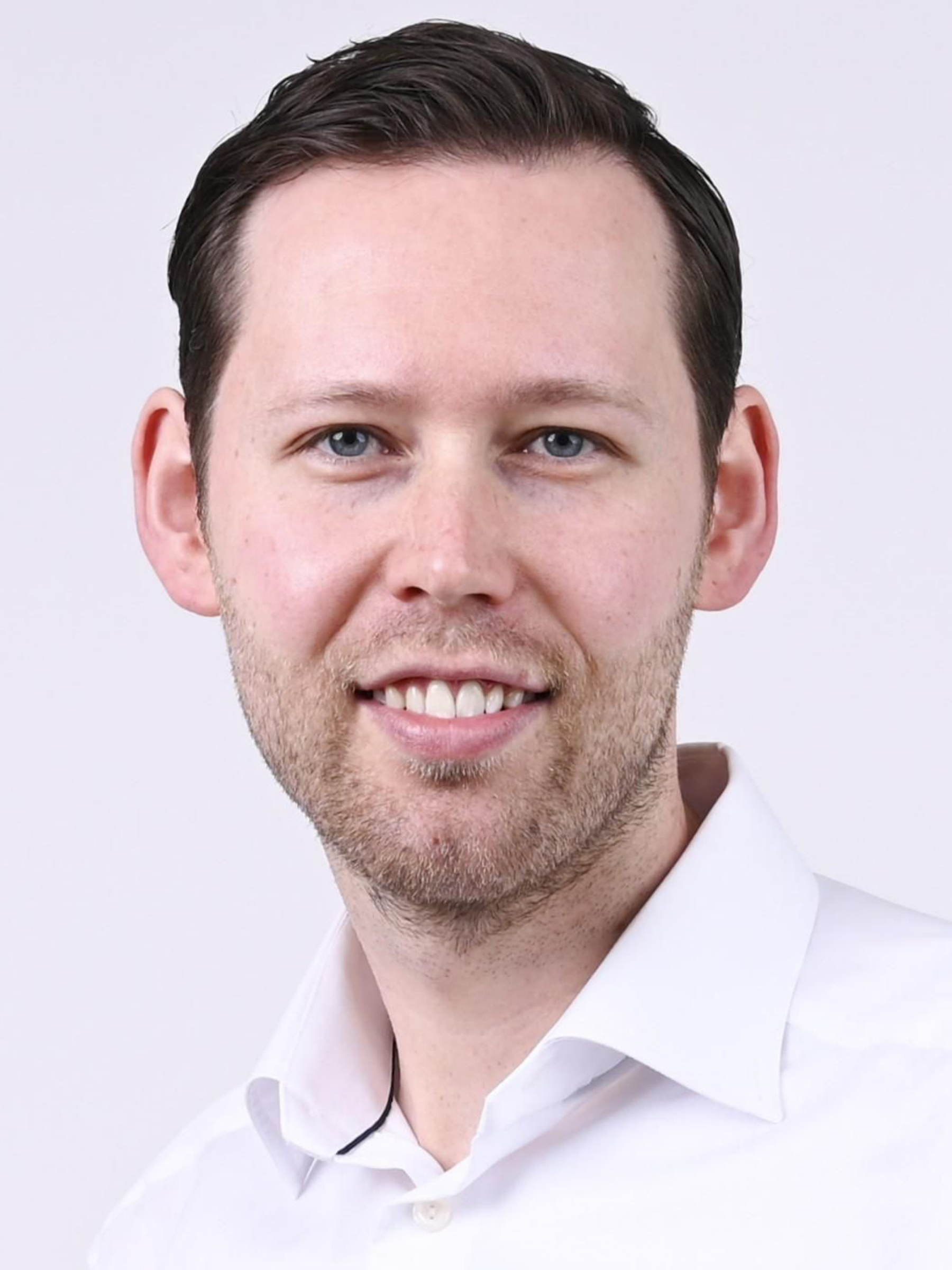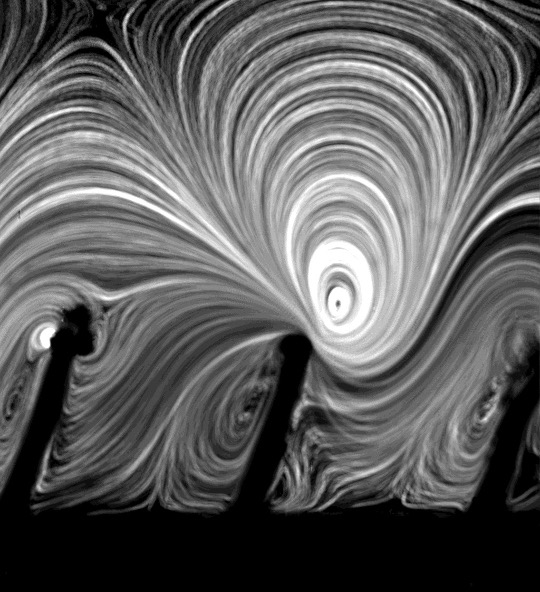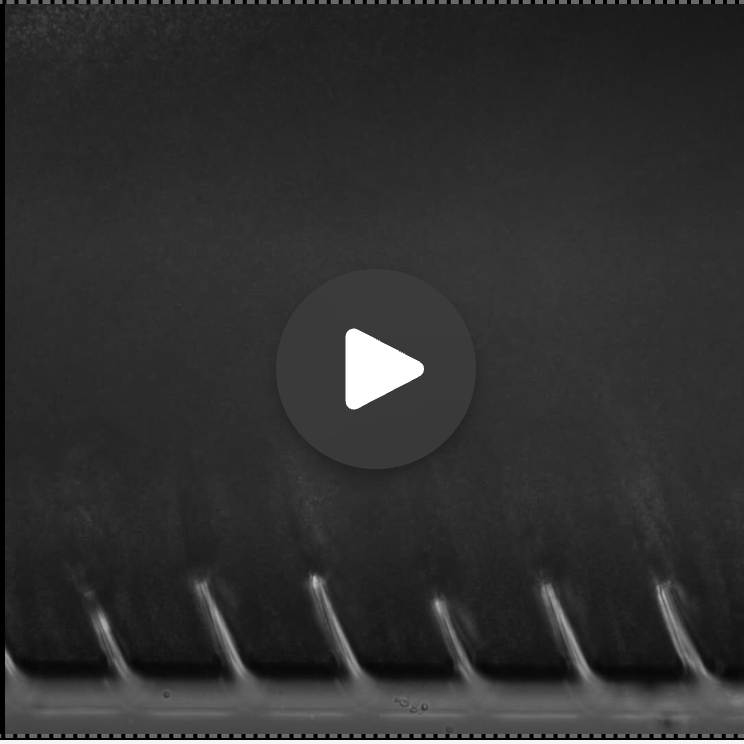Ultrasound and cilia to clean implanted stents and catheters
Researchers from the University of Bern, Inselspital, Bern University Hospital, and ETH Zurich have developed an innovative technology which can clean implanted medical devices such as ureteral stents and catheters non-invasively, using ultrasound activation through the skin. This could significantly improve the quality of life of patients and at the same time reduce the financial burden on the healthcare system.
Urinary stents and catheters are implanted medical tubes that are widely used in human and veterinary medicine to drain urine to/from the bladder. Ureteral stents are used when the ureter, the duct between the kidney and bladder, is blocked by tumors, pregnancy, stones or anatomical narrowing. Biofilm, produced by bacteria, and crystalline deposits, called encrustation, grow on the inner and outer walls of such stents and catheters soon after implantation and are among the main causes of failure of these devices because they lead to painful blockages and urinary infections. To mitigate these issues, urinary stents and catheters therefore must be replaced every two to six months, which not only considerably restricts the quality of life of those affected but also leads to high hospital load and costs.
In a recent study led by PD Dr. Francesco Clavica from the ARTORG Center for Biomedical Engineering Research at the University of Bern and the Department of Urology, Inselspital, Bern University Hospital, and Prof. Daniel Ahmed from the Acoustic Robotics Systems Lab at ETH Zurich, the interdisciplinary team mimicked the architecture and flow conditions of stented ureters and proved that ultrasound-activated artificial cilia on the stent's surface can efficiently remove biofilms and encrustations. These findings were recently published in the scientific journal PNAS.
Interdisciplinary collaboration at the medical site in Bern
“With the support from the University of Bern’s Innovation Office, we translated fundamental research conducted during my PhD at the ETH Zurich into an innovative technology” explains Dr. Cornel Dillinger, UniBE Venture Fellow, who shares first authorship of the study with Pedro Amado, both from the ARTORG Center for Biomedical Engineering Research from the University of Bern. The researchers envision new medical devices featuring cilia on the inner and outer walls that, using ultrasound activation through the skin, will generate an efficient streaming that loosens bacteria and crystals from the surfaces and flushes them away. In this way, stents and catheters can be cleaned non-invasively, significantly reducing the risks of obstruction.
Efficient cleaning with ultrasound
The researchers were able to show that ultrasound waves that hit smooth surfaces hardly generate any streaming. If, on the other hand, the surface features micro-structures with sharp edges such as cilia, a very efficient streaming is created, called acoustic streaming. The results of the microfluidics experiments far exceeded the researchers' expectations. "In all tests, typical encrustations and biofilms, found in urinary stents and catheters, could be removed within minutes or even seconds using our technology," explains Daniel Ahmed, co-lead author of the study. This technology could be used not only in urology, but also in other areas such as visceral surgery or veterinary medicine, where the cleaning of implanted medical devices is also crucial.
Looking into the future
Non-invasive cleaning by ultrasonic activation has the potential to minimize the need for repeated invasive interventions, which could significantly improve patients' quality of life and reduce the hospital load in terms of outpatients’ visits. The results of the feasibility study are promising. "However, there is still a long way to go before we have a market-ready product from which patients can benefit," emphasizes Francesco Clavica, co-lead author of the study. With the support provided by a BRIDGE grant of over 2 million Swiss francs from the Swiss National Science Foundation, the next step is to develop a prototype which will be tested in animal models. "We are already thinking about how such a device could be produced in a scalable and sustainable way," adds Clavica.
In the longer term, the research team plans to found a spin-off company. Clavica concludes: "The groundbreaking results achieved in our project are an example of the successful interdisciplinary collaboration at the medical hub Bern - between researchers at the University of Bern, clinical experts at the Inselspital and the sitem-insel, the Swiss Institute for Translational and Entrepreneurial Medicine, as a fertile ground for entrepreneurship to bring solutions to patients.”
Publication details:Ultrasound-activated cilia for biofilm control in indwelling medical devices. By Pedro Amado, Cornel Dillinger, Chaimae Bahou, Ali Hashemi Gheinani, Dominik Obrist, Fiona Burkhard, Daniel Ahmed, Francesco Clavica. In: Proc Natl Acad Sci USA, 29.04.2025 |
Urogenital Engineering Group at the ARTORG Center for Biomedical Engineering ResearchThe Urogenital Engineering (UGE) group focuses on developing innovative technologies to better understand and treat diseases of the urinary tract—many of which significantly affect the health and quality of life of patients. These conditions are particularly common among older adults, a rapidly growing segment of the population, and their treatment and long-term management contribute substantially to healthcare costs. The UGE group has pioneered novel diagnostic tools, including advanced catheters for minimally invasive assessment of the urinary tract, and analytical methods for the early detection of abnormal bladder contractions. UGE research has also led to the development of a cutting-edge testing platform for urinary stents and catheters, as well as URODEA—the first non-invasive device which aims to assist bladder emptying in patients suffering from underactive bladder. |
The Venture Fellowship Program at the University of BernThe Venture Fellowship Program at the University of Bern enables young researchers each year to continue their translational research for one year. The program aims to assess the technical feasibility (Proof-of-Concept) of their projects and prepare for their subsequent commercialization. The Innovation Office at the University of Bern supports them with consulting, mentoring, and networking, in cooperation with be-advanced – the startup coaching platform of the Canton of Bern. The fellowships, each endowed with CHF 100’000, are jointly funded by the University of Bern, the ARTORG Center for Biomedical Engineering Research, and the Inselspital. In addition, the Swiss Federal Institute of Intellectual Property (IPI) supports the program with guided patent searches and patent landscape analyses. The next call for proposals will be published in September 2025. |
2025/04/29

